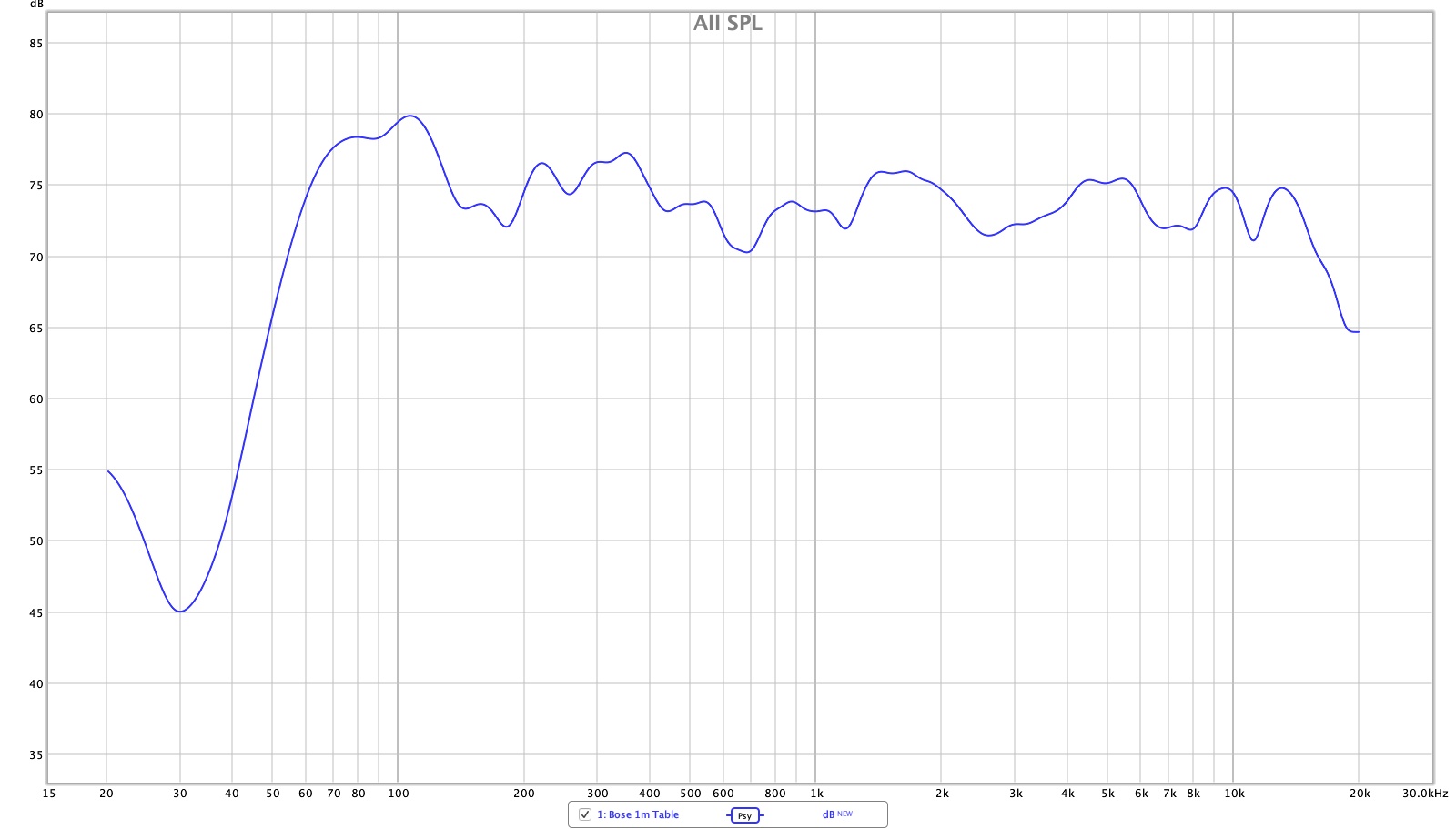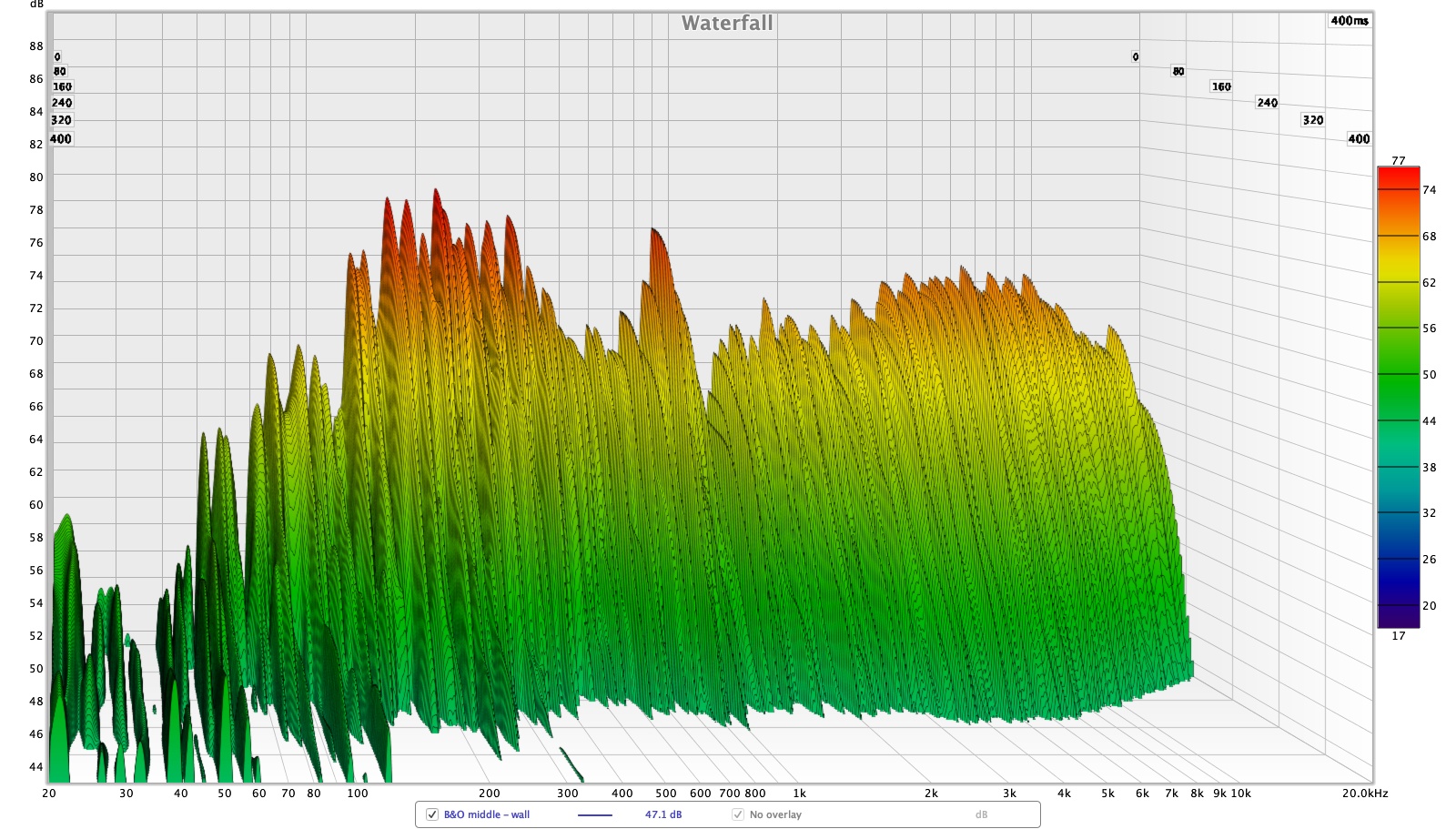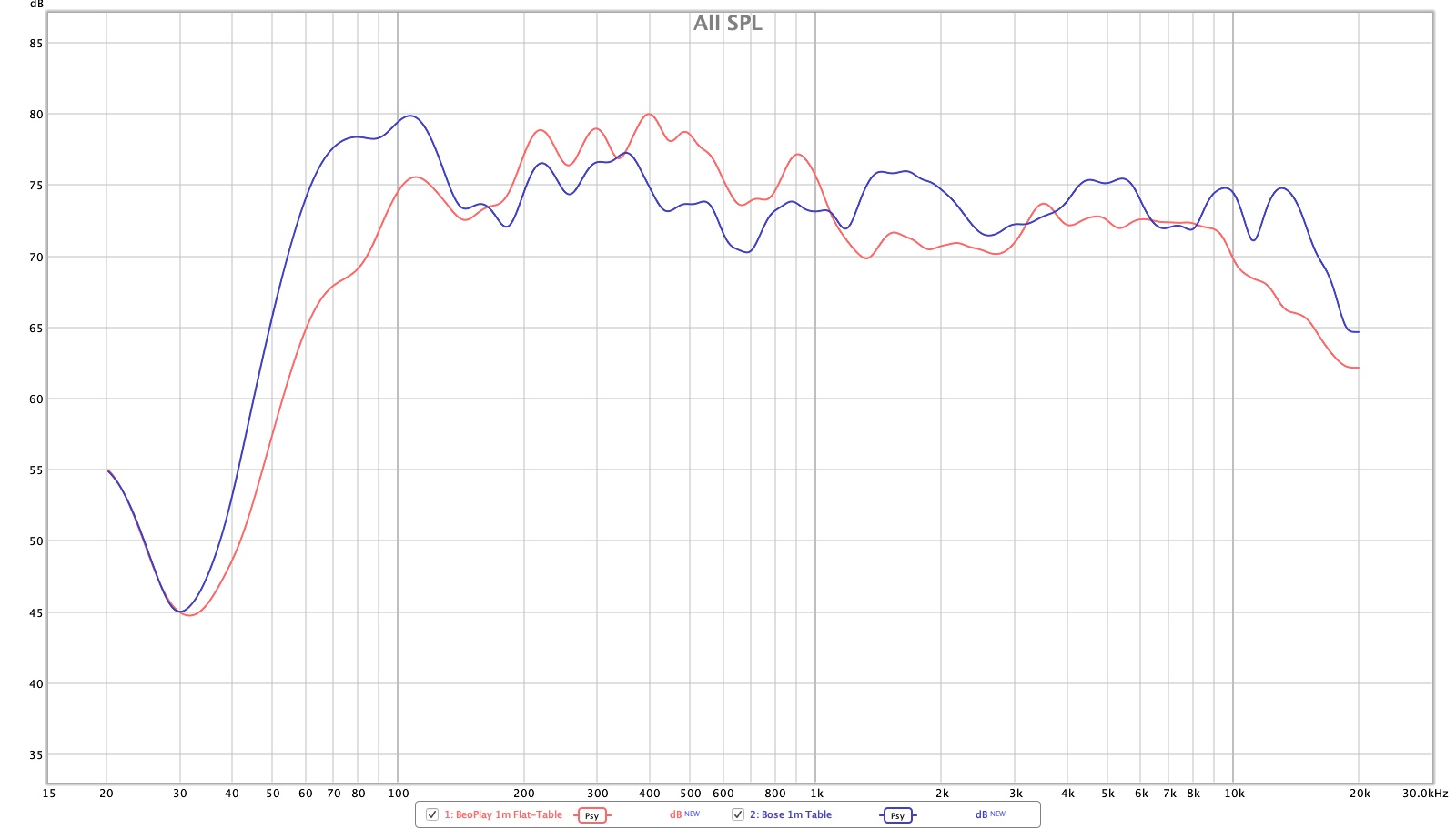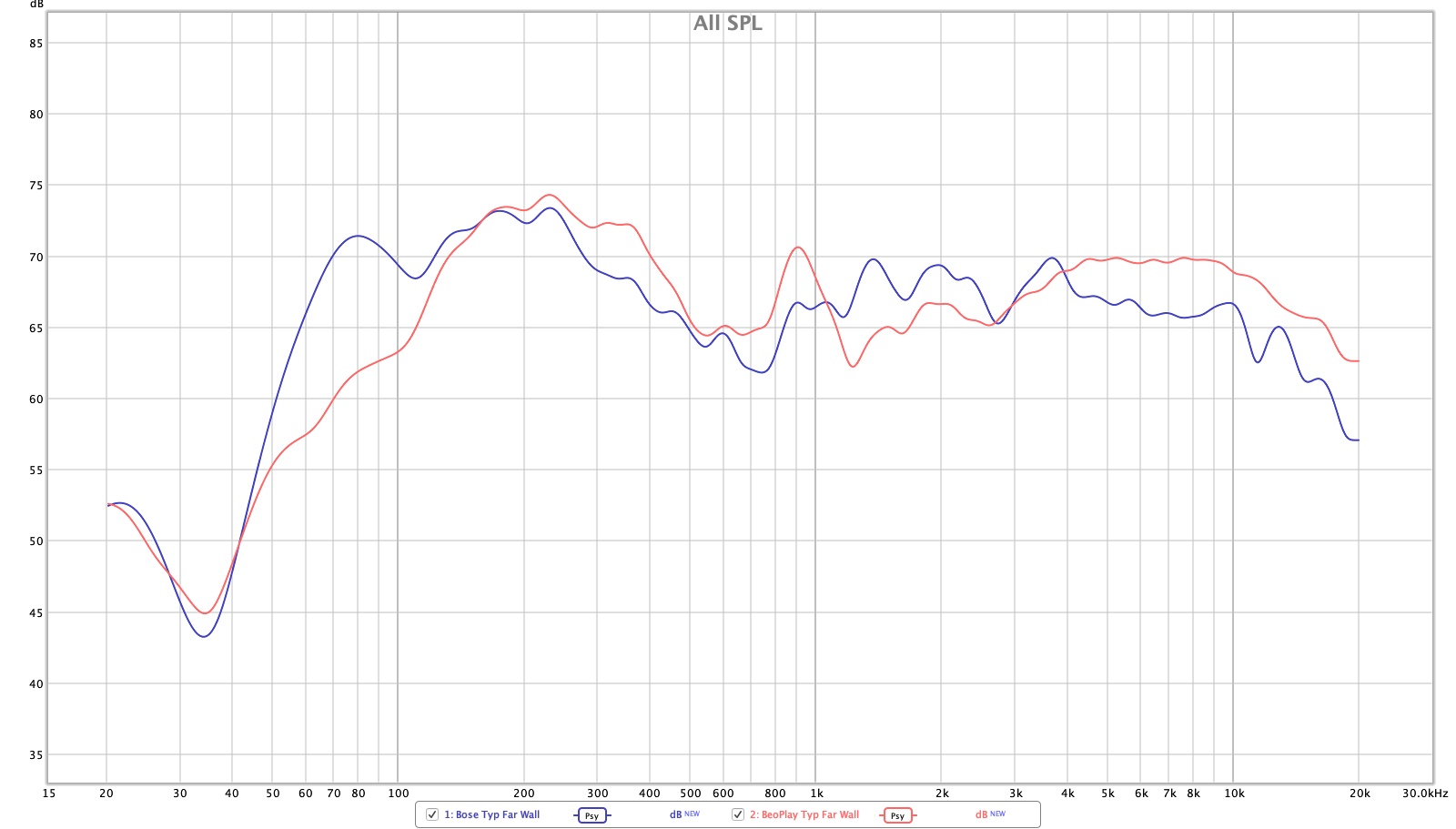Bose SoundLink Revolve vs. B&O Beoplay P2
Travelling is supposed to be fun and enjoyable and for the most part, it is. However, there are some small accessories that you can add to your travel kit that will make your travel even more enjoyable.
With my busy work and leisure travel schedule (I’m on a plane at least once every week), I’m always on the hunt for things that make travel more fun, convenient, or enjoyable. I’ve had the opportunity to try many accessories, only to find them unnecessary, too big to travel with, or just not adding anything incremental to the travel experience.

While on a trip to Bali, Indonesia last year to celebrate my other half’s birthday, a friend of ours brought a Marshal wireless speaker. Even though he had booked the Ritz Carlton Mandapa, one of the world’s most incredible hotel experiences that comes equipped with speakers in the room, we found ourselves using his Marshal speaker all the time, especially around the private villa’s pool area.
About a year later, we were in Sanya and a friend brought a Bose Soundlink Mini speaker, and again, we found ourselves loving and using the speaker in the suite and at the secluded beach area. Having our music available to play anywhere became something we started to really enjoy. After two compelling experiences, I realized that we were onto something and started to research wireless speakers.
High quality music = better travel experience
Being a hifi enthusiast (maybe midfi given that I don’t believe in $2,000 speaker cables and the like), I didn’t want to settle for mediocre sound, but I also didn’t want to overcomplicate the outcome because high quality sound is usually married to complicated implementations, where the money is clearly spent on the hardware rather than the software.
After a lot of research, I settled on two speakers for travel use, the Bose SoundLink Revolve and the B&O Beoplay P2. Being a hifi nerd for over 20 years, Bose as a brand is about as far away from hifi as anyone can imagine, but they’ve produced a really compelling product in this little speaker so I hope you’ll give it a chance, just like I did.
B&O have always been a leader in design and have also been leaders in digital amplification with their ICE Class C amplifier chips. B&O have produced some incredibly innovative systems like the Beolab 90 which have received universal praise. This little travel speaker isn’t in the same league of course, but I do feel the quality has trickled down to the less expensive products.
Quantitative repeatable testing
As with all gear posts on this forum, the products used for the review were purchased at full retail price from authorized resellers. Rather than just give an opinion, I always try to back it up with quantifiable data. In the case of camera lenses, this has been through repeatable output from test charts.
In the case of speakers, the best way to produce repeatable results is to use a sine wave test sound and capture it using high quality microphones, and then analyze it using REW software. This will provide us with objective information to layer onto the subjective information I’m about to provide on the sound quality, software, ease of use, and connectivity.
Each test was conducted using the following methods:
- Position the speaker facing the microphone at 1m distance; since the B&O is highly directional, an additional test was conducted with the speaker facing upwards which may be a more typical use case scenario.
- Position the speaker in a typical use case scenario with the speaker on a ledge near the side of the room (i.e., the same way you’d use it in a hotel room), and the microphone in the middle of the room. For the B&O, since it has a hanging cord, it was also tested hanging from a door handle.
- Please ignore the response below 35Hz as that is from the room’s noise floor and not generated by the speakers.
Why not use the hotel’s speaker?
I’m a technically savvy person; I’ve implemented this website on my own, even though my background is in strategy, banking and telecommunications. I can do basic programming and still remember how to write batch files in DOS. When VCR’s were a thing, I was the guy you’d call to banish the dreaded blinking “12:00”; I could even program VCR’s to record shows while we slept!
Unfortunately, for reasons that I cannot explain, I can rarely get the hotel supplied speaker to connect reliably to my Apple devices. After investing more than five minutes, I get frustrated and give up because I’d rather be enjoying my vacation than trying to diagnose a technology issue.
Being able to take your own speaker, which is already setup and connected to your devices, into any hotel room or travel situation, and having your music available at a moment’s notice, is priceless. The small penalty of space that you give up to the speaker is, in my opinion, a worthwhile tradeoff.
Results
In this test, an ideal speaker will have a completely flat line from 20Hz to 20KHz with maximum deviation of +/-3db along the line. There are few speakers on the market that can achieve that without spending $10,000+.
Given the size of these speakers, we will be happy with a decently flat line from 100Hz to 15KHz with deviation of +/-6db. We should expect a sharp drop off in the lower frequency range below 100Hz (the bass) because there just isn’t enough speaker surface area to move much air in order to hit the deeper notes.
Bose SoundLink Revolve
Bose, in the olden days, had a reputation for exaggerated highs and lows, with a trough in the midrange. I’m happy to share the results below that show at least half of that is no longer true, and the half that is true, is rather welcome in this speaker category.

The Bose has a good and flat frequency curve from 180Hz to 15KHz and subjectively sounds pleasing to the ear. There is no strain or piercing highs that one might expect from a 1990’s Bose speaker. There is a welcome lift in the bass region from 60Hz to 120Hz which can definitely be heard and felt.
It’s that small bump in the lower octaves that gives this speaker its defining sound. When you have friends over to your hotel room and want to thump out a few party tunes, this speaker gets with the program and gets the hips wagging and shoes tapping. It is by no means overwhelming or overbearing, but rather provides some reinforcement and makes the speaker sound much bigger than it is.
Given this is a small speaker, we’d expect there to be little ringing or decay in the sound and that’s exactly what we find here, with all frequencies reaching the noise floor within 320 ms. This was tested in a typical room environment. The bass bump does add a bit of lingering of the low notes, but the speaker still sounds clear, fast, and accurate.

Pros:
- Room filling sound with good bass reinforcement
- Good range on bluetooth with no drop outs within a reasonable range
- Stand up design takes up little space on a table
- External controls are easy to use and access
Cons:
- It’s a bit big to take on carry-on
- The bass boost might be a bit much if you place the speaker in a corner on a table
- It uses an older Micro-USB connector when the world is shifting to USB-C
B&O Beoplay P2
With B&O’s reputation for sound quality, we’d expect a nice flat curve and that’s pretty much what we get, if the speaker is positioned correctly. With the speaker positioned flat on its back or when placed far away from the listener (either flat facing up or hanging facing the listener), the frequency curve is good.

However, when the speaker is placed facing the listener at close distances, the high frequencies, especially around the 10db boost at 10KHz, are exaggerated and provide for a tiring listening experience. The B&O sounds much better on its back and/or placed far away from the listener.
Given its small size, relative to the Bose, we’d expect the lower frequencies to trail off faster, and that’s exactly what we see. The B&O has a more conventional roll off of the low frequencies, with a bass bump nowhere to be found, and definitely missed. It may not be the most accurate way to listen to music, but it was hard to find a person that didn’t like the Bose’s slightly exaggerated bass.
As with the Bose, the decay waterfall is excellent with no ringing or left over notes beyond 300 ms. The speaker sounds clear, fast, and accurate, albeit with less warmth and kick due to the missing lower octaves.

Pros:
- Design is beautiful and sleek
- Takes up very little space making it ideal for carry-on
- Sound quality and bass reinforcement is much better than the size would suggest
Cons:
- Single power button on the bottom of the speaker is hard to use and fiddly
- Lack of external controls besides the awkward tap and shake requires the phone to be nearby
- B&O app needs some work in showing accurate battery levels
Conclusion
There is no clear winner here and perhaps a busy traveller should own both.
The Bose is the perfect speaker for when you have to take a check-in luggage. Its battery life is excellent and the sound quality is far better than a speaker this size has any right to be. The Bluetooth connectivity is seamless with good range. The extra bass bump may not be to some people’s liking, but I found it perfect for its use case, in a hotel room or by the pool, when we want people to engage with the music.

The B&O is a work of art with a beautiful design. It’s the perfect speaker for carry-on luggage. It looks great sitting on a table or hanging from a bag or door. It has excellent sound quality, albeit without a lot of bass. Some of this can be offset by placing the speaker near a wall to reinforce the low notes. The battery life isn’t as good as the Bose, but the USBC charging is fast and convenient and we can’t complain about its small size.

In the end, I decided to keep both and use the Bose for longer trips and pack it in the checked luggage, and the B&O for shorter trips where I don’t have much space and bring it on the carry-on. Thus far, both have performed well and have added to the travel experience.
Discover more from fcracer - Travel & Photography
Subscribe to get the latest posts sent to your email.
Nice comparison. You do it so I don’t have to. Thanks!
Thanks Mike! I think you’d enjoy the Bose a lot. It’s a lot of speaker and capability for the money. I’ll be taking it to Vietnam next week for a Christmas holiday. Happy holidays!